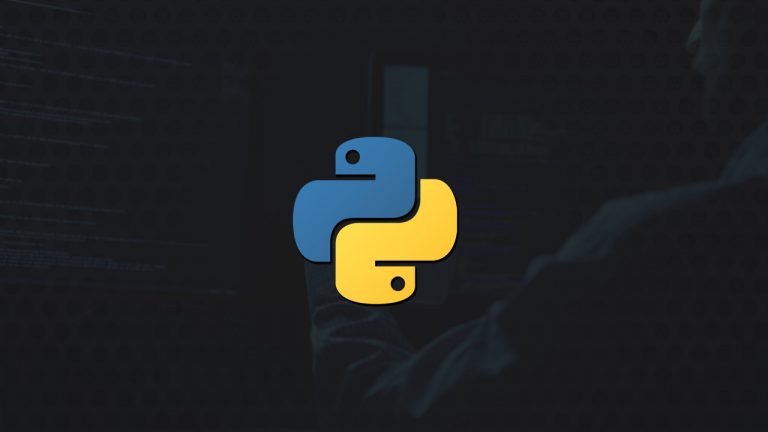Data visualization is the art of organizing and presenting data visually compellingly. It makes it easier for anyone—regardless of their technical background—to interpret patterns, trends, and insights. Python, the dominant language in the data science ecosystem, offers a wide array of powerful libraries dedicated to data visualization.
Mastering these visualization tools is just as crucial as understanding core data science libraries. In this article, we’ll explore the most popular and widely used Python data visualization libraries, their capabilities, and how they can enhance your data storytelling.
Contents
1. Matplotlib
Matplotlib is the most fundamental and widely used data visualization library in Python. This should be your first stop if you’re just starting in data science. Matplotlib integrates seamlessly with other Python data science libraries like NumPy, scikit-learn, and pandas.
Features:
- Supports 2D plotting, including line charts, scatter plots, bar charts, histograms, and more.
- Highly customizable, allowing you to modify colors, labels, and styles.
- Provides a separate module,
mplot3d, for 3D plotting. - Works well with Jupyter Notebook for interactive visualizations.
2. Plotly
Plotly is an advanced visualization library that allows users to create a wide range of interactive 2D and 3D visualizations. Built on top of the popular JavaScript library plotly.js, it is an excellent tool for creating visually stunning and dynamic charts.
Features:
- Offers over 40 different chart types, including scatter plots, box plots, and heatmaps.
- Generates interactive visualizations that can be embedded into web applications.
- Works seamlessly with Jupyter Notebook and allows exporting charts as standalone HTML files.
- Ideal for complex dashboard creation and real-time data visualization.
3. Bokeh
Bokeh is another powerful Python visualization library designed specifically for modern web browsers. It is often favored by Python developers because it is built purely for the Python ecosystem.
Features:
- Enables interactive visualization with a focus on web-based dashboards.
- It can generate standalone HTML files and integrate with web frameworks like Django and Flask.
- Provides real-time streaming capabilities for dynamic data visualization.
- Supports linking multiple plots together for more complex visual analysis.
4. Seaborn
Seaborn is a high-level visualization library built on top of Matplotlib, providing an easier and more aesthetically pleasing way to create statistical graphics.
Features:
- Simplifies the creation of complex visualizations such as violin plots, swarm plots, and pair plots.
- Works well with Pandas DataFrames, making it easy to visualize datasets.
- Comes with built-in themes and color palettes to enhance visualization aesthetics.
- Designed to work seamlessly with statistical data and categorical plotting.
5. Ggplot
Ggplot in Python is inspired by the ggplot2 library in R and follows the concept of the “Grammar of Graphics,” which allows for systematic and layered chart design.
Features:
- Uses a declarative syntax for creating charts, making it intuitive to use.
- Fully compatible with Pandas DataFrames for easy data visualization.
- Ideal for those familiar with
ggplot2R. - Allows easy customization and theming for a polished presentation.
Conclusion
Effective data visualization is a critical skill for data scientists, analysts, and developers working with Python. Choosing the right library depends on your project requirements—whether you need simple static charts, highly interactive visualizations, or web-based dashboards.
- Matplotlib: Best for beginners and static 2D plots.
- Plotly: Ideal for interactive and web-based charts.
- Bokeh: Great for building web applications and real-time streaming.
- Seaborn: This is Perfect for statistical data visualization with beautiful aesthetics.
- Ggplot: Best for those familiar with R’s
ggplot2.
Explore these libraries and start transforming raw data into meaningful insights today!



